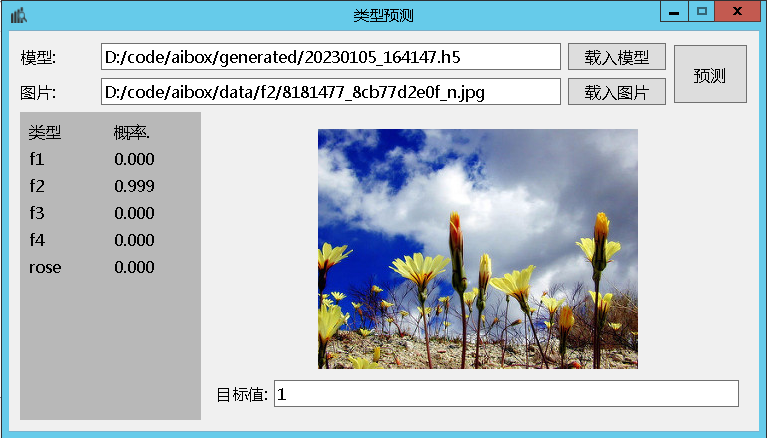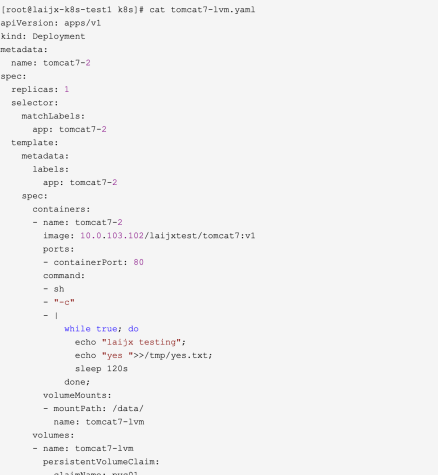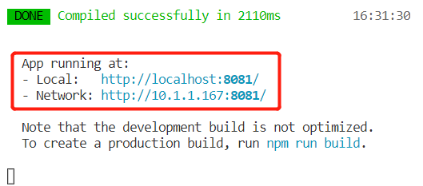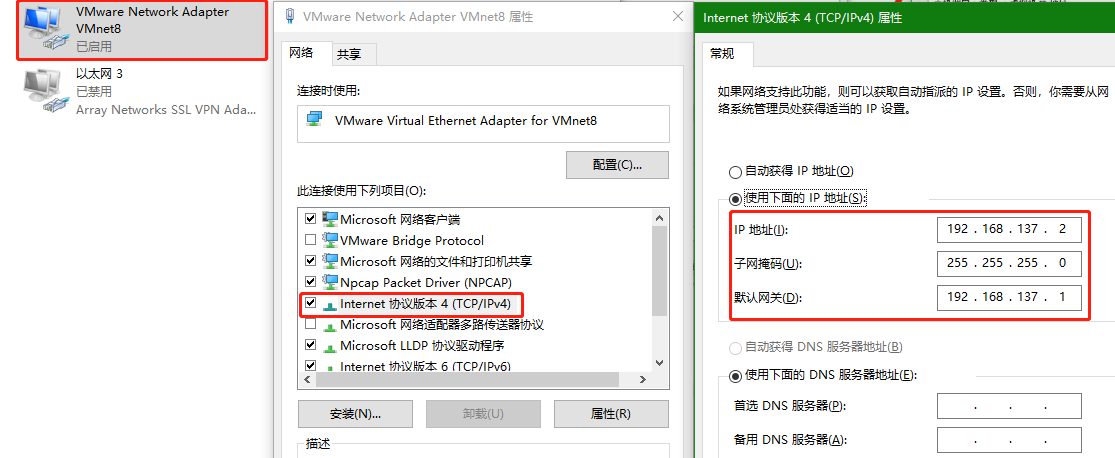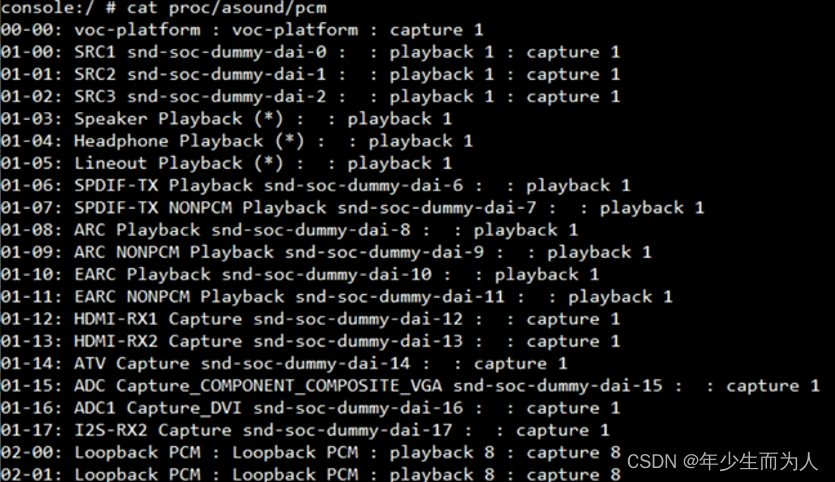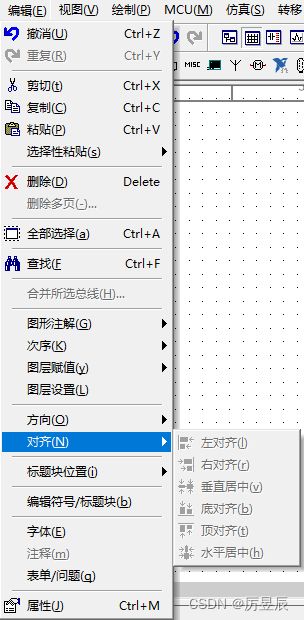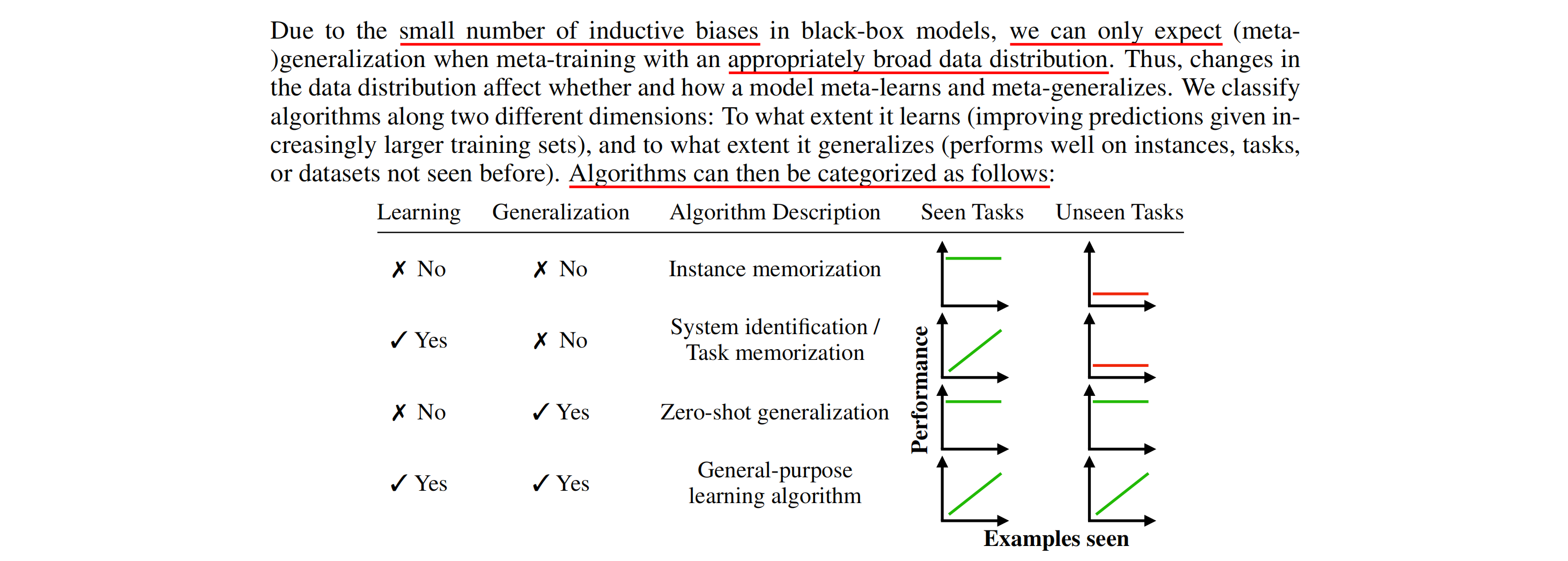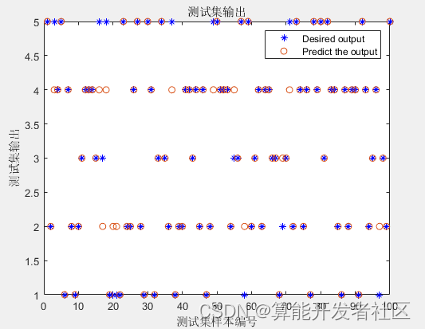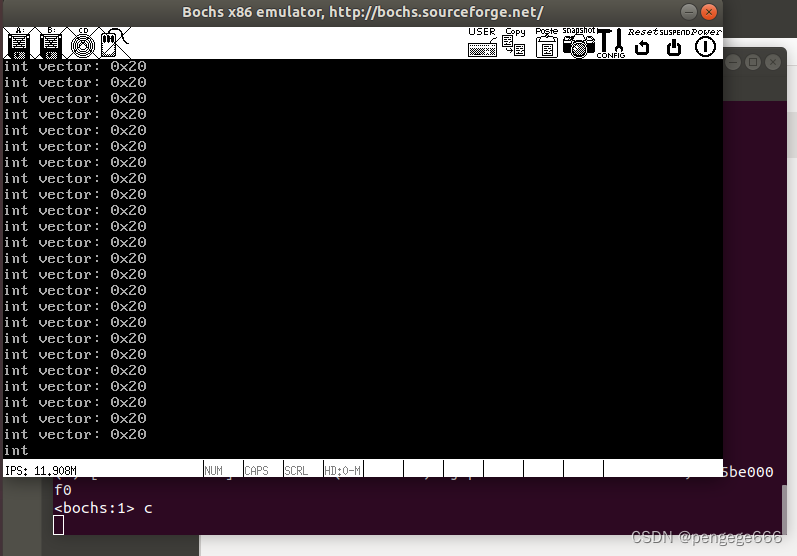文章目录
- 1. list的介绍及使用
- 1.1 list的介绍
- 1.2 list的使用
- 1.2.1 list的构造
- 1.2.2 list iterator以及insert和erase的使用
- 1.2.3 list的迭代器失效
- 2. list的模拟实现
- 2.1 模拟实现list
- 3.(本文精华)list与vector的对比

1. list的介绍及使用
1.1 list的介绍
-
list是可以在常数范围内在任意位置进行插入和删除的序列式容器,并且该容器可以前后双向迭代。
-
list的底层是带头双向循环链表结构。
-
与其他的序列式容器相比(array,vector,deque),list通常在任意位置进行插入、移除元素的执行效率更好,但排序效率list相比于vector会更低。
-
与其他序列式容器相比,list最大的缺陷是不支持任意位置的随机访问,比如:要访问list的第6个元素,必须从已知的位置(比如头部或者尾部)迭代到该位置,在这段位置上迭代需要线性的时间开销;list还需要一些额外的空间,以保存每个节点的相关联信息(对于存储类型较小元素的大list来说这可能是一个重要的因素)
1.2 list的使用
list中的接口比较多,掌握如何正确的使用非常关键,以下为list中一些常见的重要接口。
1.2.1 list的构造
| 构造函数( (constructor)) | 接口说明 |
|---|---|
| list (size_type n, const value_type& val = value_type()) | 构造的list中包含n个值为val的元素 |
| list() | 构造空的list |
| list (const list& x) | 拷贝构造函数 |
| list (InputIterator first, InputIterator last) | 用[first, last)区间中的元素构造list |
list的构造的使用以及代码详解注释:
void TestList1()
{
list<int> l1; // 构造空的l1
list<int> l2(4, 100); // l2中放4个值为100的元素
list<int> l3(l2.begin(), l2.end()); // 用l2的[begin(), end())左闭右开的区间构造l3
list<int> l4(l3); // 用l3拷贝构造l4
// 以数组为迭代器区间构造l5,迭代器区间可以是地址也可以是自定义类型的迭代器
int array[] = { 16,2,77,29 };
list<int> l5(array, array + sizeof(array) / sizeof(int));
// 列表格式初始化C++11
list<int> l6{ 1,2,3,4,5 };
// 用迭代器方式打印l5中的元素
list<int>::iterator it = l5.begin();
while (it != l5.end())
{
cout << *it << " ";
++it;
}
cout << endl;
// C++11范围for的方式遍历
for (auto& e : l5)
cout << e << " ";
cout << endl;
}
1.2.2 list iterator以及insert和erase的使用
大家可将迭代器理解成一个像指针一样的东西,该指针指向list中的某个节点。但这个“指针”是经过特殊封装过的,通过各种类自己内部不同的封装,使迭代器具有和指针一样的特性。
【注意】
- begin与end为正向迭代器,对迭代器执行++操作,迭代器向后移动
- rbegin(end)与rend(begin)为反向迭代器,对迭代器执行++操作,迭代器向前移动
list的迭代器使用代码演示以及代码详解注释:
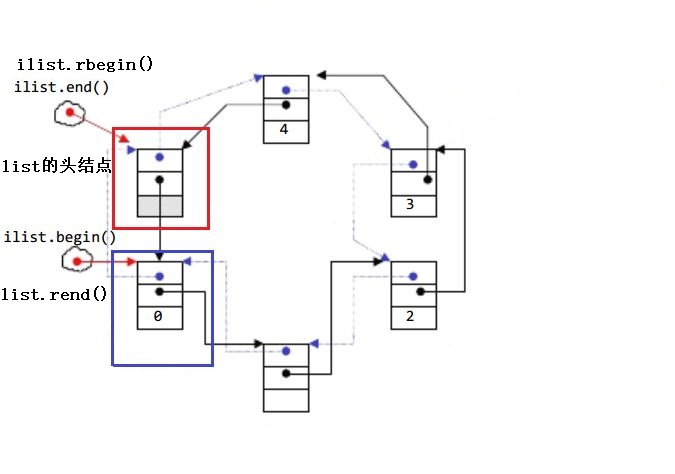
// 注意:遍历链表只能用迭代器和范围for
void PrintList(const list<int>& l)
{
// 注意这里调用的是list的 begin() const,返回list的const_iterator对象
for (list<int>::const_iterator it = l.begin(); it != l.end(); ++it)
{
cout << *it << " ";
// *it = 10; 编译不通过
}
cout << endl;
}
void TestList2()
{
int array[] = { 1, 2, 3, 4, 5, 6, 7, 8, 9, 0 };
list<int> l(array, array + sizeof(array) / sizeof(array[0]));
// 使用正向迭代器正向list中的元素
// list<int>::iterator it = l.begin(); // C++98中语法
auto it = l.begin(); // C++11之后推荐写法
while (it != l.end())
{
cout << *it << " ";
++it;
}
cout << endl;
// 使用反向迭代器逆向打印list中的元素
// list<int>::reverse_iterator rit = l.rbegin();
auto rit = l.rbegin();
while (rit != l.rend())
{
cout << *rit << " ";
++rit;
}
cout << endl;
}
list的插入和删除使用代码演示以及代码详解注释:
| insert | 在list position 位置中插入值为val的元素 |
|---|---|
| erase | 删除list position位置的元素 |
// list插入和删除
// push_back/pop_back/push_front/pop_front
void TestList3()
{
int array[] = { 1, 2, 3 };
list<int> L(array, array + sizeof(array) / sizeof(array[0]));
// 在list的尾部插入4,头部插入0
L.push_back(4);
L.push_front(0);
PrintList(L);
// 删除list尾部节点和头部节点
L.pop_back();
L.pop_front();
PrintList(L);
}
// insert /erase
void TestList4()
{
int array1[] = { 1, 2, 3 };
list<int> L(array1, array1 + sizeof(array1) / sizeof(array1[0]));
// 获取链表中第二个节点
auto pos = ++L.begin();
cout << *pos << endl;
// 在pos前插入值为4的元素
L.insert(pos, 4);
PrintList(L);
// 在pos前插入5个值为5的元素
L.insert(pos, 5, 5);
PrintList(L);
// 在pos前插入[v.begin(), v.end)区间中的元素
vector<int> v{ 7, 8, 9 };
L.insert(pos, v.begin(), v.end());
PrintList(L);
// 删除pos位置上的元素
L.erase(pos);
PrintList(L);
// 删除list中[begin, end)区间中的元素,即删除list中的所有元素
L.erase(L.begin(), L.end());
PrintList(L);
}
// resize/swap/clear
void TestList5()
{
// 用数组来构造list
int array1[] = { 1, 2, 3 };
list<int> l1(array1, array1 + sizeof(array1) / sizeof(array1[0]));
PrintList(l1);
// 交换l1和l2中的元素
list<int> l2;
l1.swap(l2);
PrintList(l1);
PrintList(l2);
// 将l2中的元素清空
l2.clear();
cout << l2.size() << endl;
}
1.2.3 list的迭代器失效
前面说过,此处大家可将迭代器暂时理解成类似于指针,迭代器失效即迭代器所指向的节点的无效,即该节点被删除了。因为list的底层结构为带头结点的双向循环链表,因此在list中进行插入时是不会导致list的迭代器失效的,只有在删除时才会失效,并且失效的只是指向被删除节点的迭代器,其他迭代器不会受到影响。
list使用erase之后,迭代器失效的错误代码:
void TestListIterator1()
{
int array[] = { 1, 2, 3, 4, 5, 6, 7, 8, 9, 0 };
list<int> l(array, array + sizeof(array) / sizeof(array[0]));
auto it = l.begin();
while (it != l.end())
{
// erase()函数执行后,it所指向的节点已被删除,因此it已经无效了,在下一次使用it时,必须先给其赋值
l.erase(it);
++it;//这里对迭代器++必然会报错,因为it通过erase函数对结点的地址进行delete操作之后,空间被释放了,迭代器只是一个结点地址的封装,必然也就失效了
}
}
list使用erase之后,迭代器失效的正确的处理方法:
// 改正
void TestListIterator()
{
int array[] = { 1, 2, 3, 4, 5, 6, 7, 8, 9, 0 };
list<int> l(array, array + sizeof(array) / sizeof(array[0]));
auto it = l.begin();
while (it != l.end())
{
it = l.erase(it);//l.erase(it++);
}
}
2. list的模拟实现
2.1 模拟实现list
要模拟实现list,必须要熟悉list的底层结构以及其接口的含义,现在我们来模拟实现list。
List的迭代器类的模拟实现:
template<class T, class Ref, class Ptr>
struct ListIterator
{
typedef ListNode<T> PNode;
typedef ListIterator<T, Ref, Ptr> Self;
PNode* _pNode;//迭代器里就一个成员变量,结点的地址
ListIterator(PNode* node = nullptr)
:_pNode(node)
{}
ListIterator(const Self& l)
{
_pNode = l._pNode;
}
//$$$$$$$$$$$$$$$$$$$$$$$$$$$$$$$$$迭代器重要部分$$$$$$$$$$$$$$$$$$$$$$$$$$$$$$$$$$$$
//T& operator*()
Ref operator*()//解引用返回的值根据模板参数Ref可以控制T&和const T&
{
return _pNode->_val;//考虑const迭代器之后,通过结点(struct)的地址用->来获取内部的变量
}
//T* operator->()
Ptr operator->()//能用箭头的肯定是一个自定类型,这里所做的工作就是把自定义类型的地址给我取出来就可以
{
return &(_pNode->_val);//考虑const迭代器之后,通过Ptr控制T*和const T*
}
//$$$$$$$$$$$$$$$$$$$$$$$$$$$$$$$$$迭代器重要部分$$$$$$$$$$$$$$$$$$$$$$$$$$$$$$$$$$$$$
Self& operator++()
{
_pNode = _pNode->_pNext;
return *this;
}
//1.后置++两次拷贝效率低
//2.后置++或者--都是要传值返回不能用传引用返回,因为定义的临时变量temp出了作用域就销毁了
Self/*第二次拷贝*/ operator++(int)
{
Self temp(*this);//第一次拷贝
_pNode = _pNode->_pNext;
return temp;
}
Self& operator--()
{
_pNode = _pNode->_pPre;
return *this;
}
Self operator--(int)
{
Self temp(*this);
_pNode = _pNode->_pPre;
return temp;
}
bool operator!=(const Self& l) const
{
return l._pNode != _pNode;//直接拿结点的地址比较
}
bool operator==(const Self& l) const
{
return l._pNode == _pNode;
}
};
list完整模拟实现代码以及详解注释链接
3.(本文精华)list与vector的对比
vector博客链接
vector与list都是STL中非常重要的序列式容器,由于两个容器的底层结构不同,导致其特性以及应用场景不同,其主要不同如下:
| 不同方面 | vector | list |
|---|---|---|
| 底层结构 | 动态顺序表,一段连续空间 | 带头结点的双向循环链表 |
| 随机访问 | 支持随机访问,访问某个元素效率O(1) | 不支持随机访问,访问某个元素效率O(N) |
| 插入和删除 | 任意位置插入和删除效率低,需要搬移元素,时间复杂度为O(N),插入时有可能需要增容,增容:开辟新空间,拷贝元素,释放旧空间,导致效率更低 | 任意位置插入和删除效率高,不需要搬移元素,时间复杂度为O(1) |
| 空间利用率 | 底层为连续空间,不容易造成内存碎片,空间利用率高,缓存利用率高 | 底层节点动态开辟,小节点容易造成内存碎片,空间利用率低,缓存利用率低 |
| 迭代器 | 原生态指针 | 对原生态指针(节点指针)进行封装 |
| 迭代器失效 | 在插入元素时,要给所有的迭代器重新赋值,因为插入元素有可能会导致重新扩容,致使原来迭代器失效;删除元素时,当前迭代器也需要重新赋值否则会失效 | 插入元素不会导致迭代器失效,删除元素时,只会导致当前迭代器失效,其他迭代器不受影响 |
| 使用场景 | 需要高效存储,支持随机访问,不关心插入删除效率 | 大量插入和删除操作,不关心随机访问 |
end

